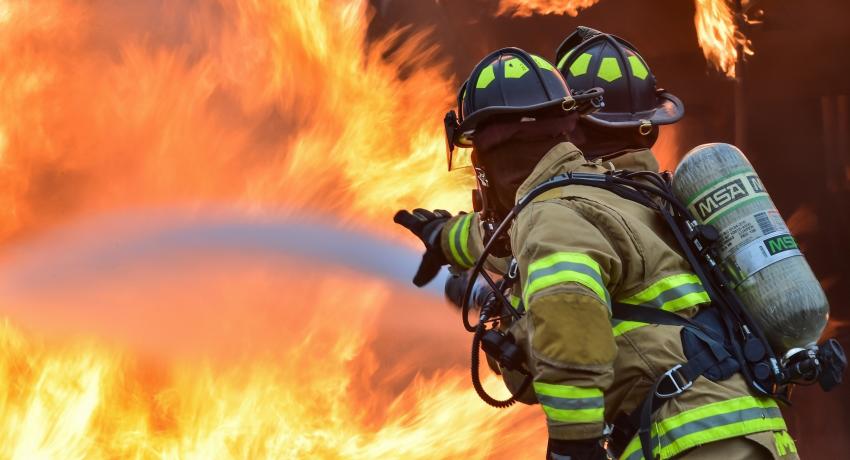Home fires started by malfunctioning electric appliances and faulty wiring kill nearly 500 Americans each year and cause $1.3 billion in property damage. But many electrical fires can be prevented simply by following basic safety practices and being aware. Electrical wiring consists of metal wires that conduct, or move electricity from place to place, and materials like rubber, that insulate the conductors and keep electricity from escaping its intended path.
Electrical fires can start when its protective insulator or connections are compromised and electricity escapes. Among them:
• Improperly installed or outdated wiring
• Faulty outlets
• Exposed wires on cords, including extension cords and device cords
• Problems with light fixtures, lamps and outdated appliances
• Misuse of electrical cords, such as overloading circuits and outlets
An “arcing fault” is formed when a conductor’s insulation is compromised. This creates a discharge of electricity between two or more conductors and creates heat, further breaking down a wire’s insulation, triggering an electrical fire. Arc faults can occur when older wires become frayed or cracked, when a nail or screw damages wiring in a wall, or when outlets or circuits are overloaded. If you experience dimming or flickering lights, unusual burning odors, unusual buzzing or sizzling sounds, or circuit breakers that trip repeatedly, contact a qualified electrician immediately.
Installing smoke detectors is the number one way to keep your home and family safe proactively. Smoke detectors should be installed in every bedroom, outside each sleeping area, and on every level of a home. They should be tested monthly and have their batteries replaced annually or according to the manufacturer’s instructions.
A fire escape plan should also be in place and practiced regularly. Make sure any fire extinguishers you have are labeled for Class C, or electrical fires. Multipurpose extinguishers can be used on different types of fires and will be labeled with more than one class, like A-B-C.
- Log in to post comments



